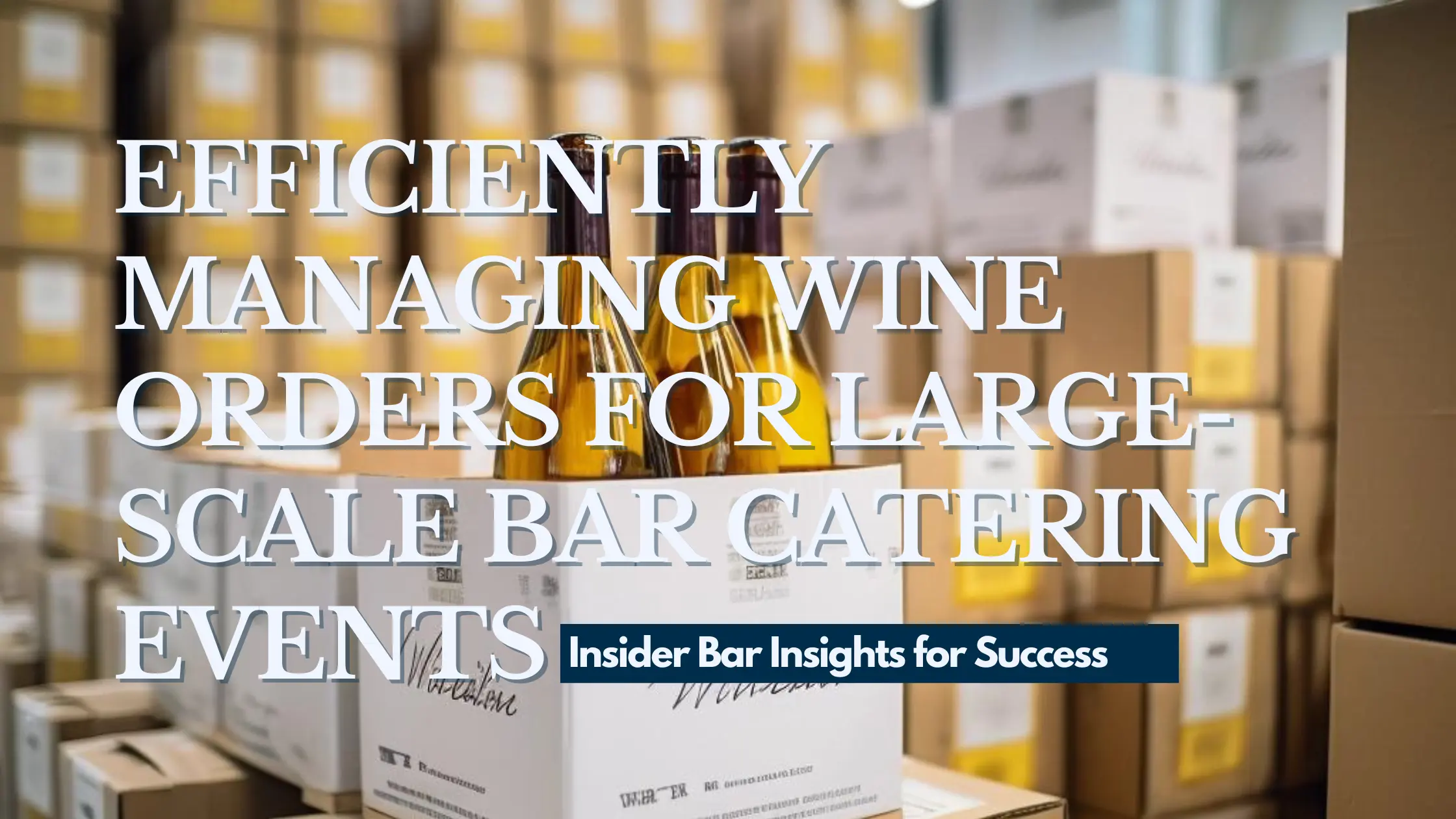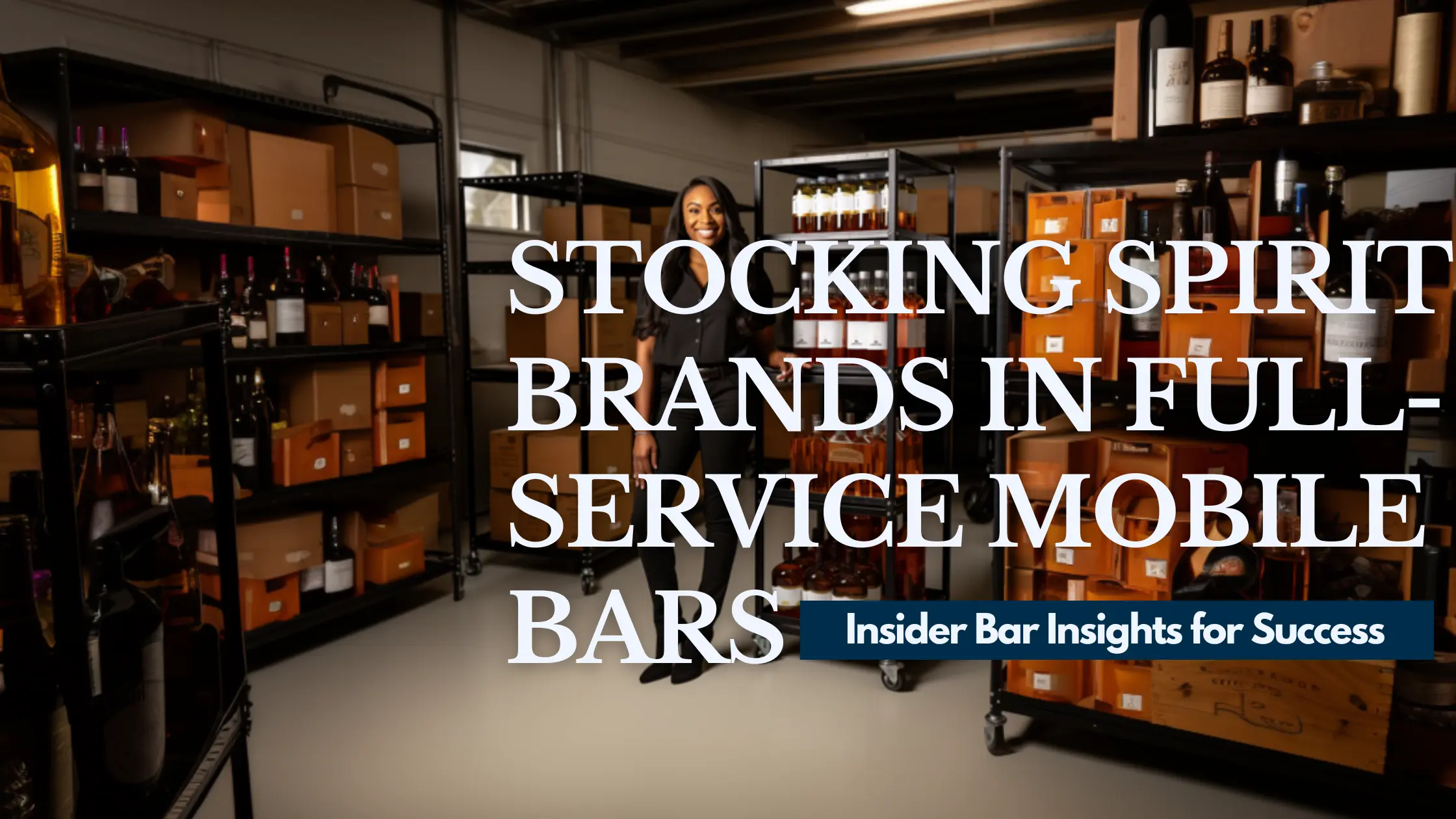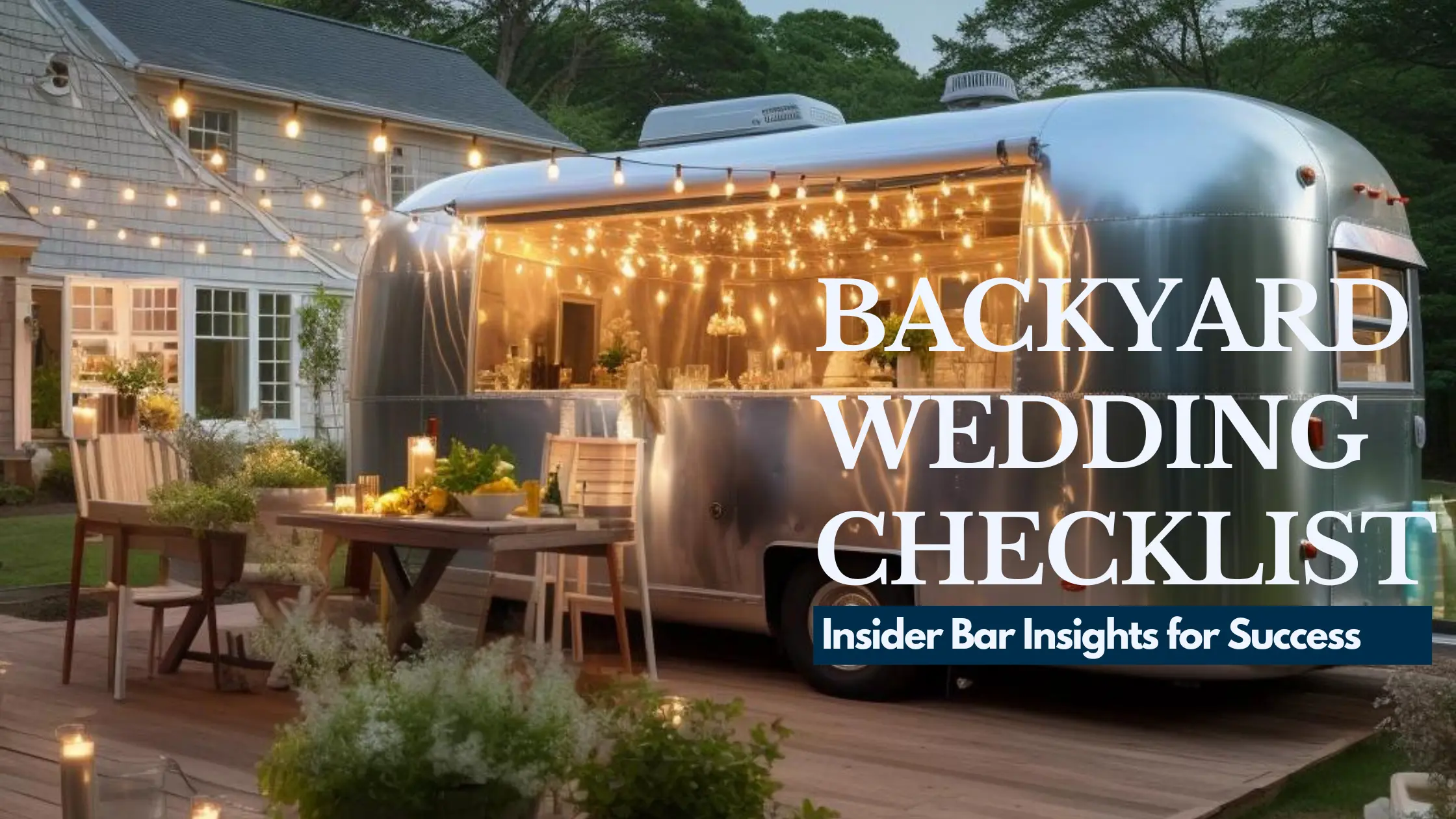Planning and executing bar catering events can be a complex endeavor, especially when dealing with multiple orders and a variety of wine selections. With the right strategies in place, however, managing wine orders for dozens of events per weekend can be streamlined and efficient. In this guide, we’ll explore the basics of handling logistics, liquor ordering, and navigating the intricacies of liquor licenses and distributor relationships, while also catering to varying client preferences with diverse wine options.
Understanding the Logistics
Effective logistics management is key to ensuring smooth operations when handling numerous wine orders for catering events. Start by creating a detailed document that includes the name of your distributors, order deadlines, delivery schedules. This will help you stay organized and minimize the risk of last-minute complications.
Liquor Ordering and License Considerations
Before placing any liquor orders, it’s essential to ensure that your catering business holds the necessary liquor license to sell beverages at events. Familiarize yourself with local regulations and obtain any permits required for serving alcohol.
When it comes to ordering wine, consider offering multiple bar package levels to accommodate different budgetary constraints and preferences. This could include house and premium brand options, allowing clients to choose the level of quality that best suits their needs.
Building Relationships with Liquor Distributors
Establishing strong relationships with liquor distributors is crucial for securing timely deliveries and accessing a diverse range of wine options. Research reputable distributors in your area and inquire about their product offerings, delivery schedules, and ordering procedures. Also find out if your liquor distributor offers an online ordering system that makes your weekly ordering easier like Provi or Breakthru Now.
Depending on your preferences and logistical constraints, you may opt for distributor delivery or pickup arrangements. Evaluate the pros and cons of each method to determine the most suitable approach for your business. Sometimes you may find it easier to drive 20-30 minutes for a quick pick-up, and save a little on delivery.
Diverse Wine Selections to Cater to Client Preferences
To cater to a wide range of tastes, it’s important to offer a diverse selection of wines, including popular varieties such as:
- Red wines: Cabernet Sauvignon, Pinot Noir, Merlot
- White wines: Chardonnay, Pinot Grigio, Sauvignon Blanc, Moscato
- Blush wines: White Zinfandel, Malbec rosé
- Sparkling wines: Brut Sparkling Wine, Prosecco
Consider conducting market research or seeking feedback from clients to identify which wine varieties are most in demand. This will allow you to tailor your inventory accordingly and optimize customer satisfaction.
Facility Storage of Reds, Whites, and Champagne
Proper storage of wine is crucial to maintaining quality and flavor. Here are some tips for storing reds, whites, and champagne in your facility:
- Temperature Control: Store wines in a cool, stable environment with consistent temperature and humidity levels. Aim for temperatures between 45-65°F (7-18°C) and humidity around 60-70%.
- Light Protection: Keep wines away from direct sunlight and fluorescent lighting, as UV rays can degrade the quality of the wine. Use opaque containers or dark storage areas to prevent light exposure.
- Horizontal Storage: Store wine bottles horizontally to keep the corks moist and prevent them from drying out. This helps maintain a proper seal and prevents air from entering the bottle.
- Air Quality: Ensure good air circulation in your storage facility to prevent mold and mildew growth. Invest in ventilation systems or use fans to keep the air moving.
- Security Measures: Implement security measures such as locks or alarms to protect your wine inventory from theft or unauthorized access.
By implementing these strategies and prioritizing effective communication and organization, managing wine orders for large-scale bar catering events can become a seamless process. Remember to stay adaptable and proactive in addressing any challenges that may arise, ensuring a memorable and enjoyable experience for both clients and guests.






